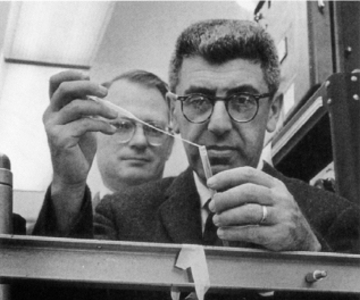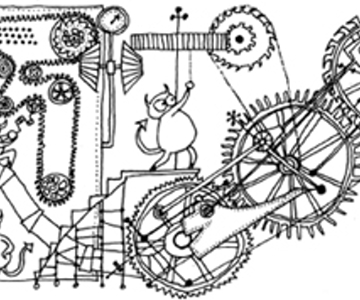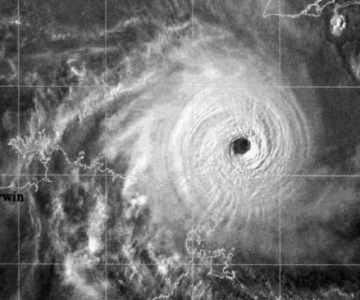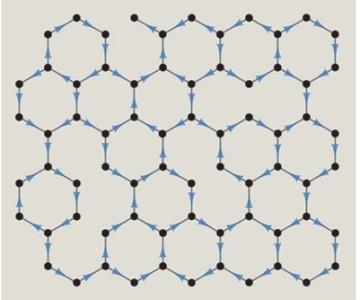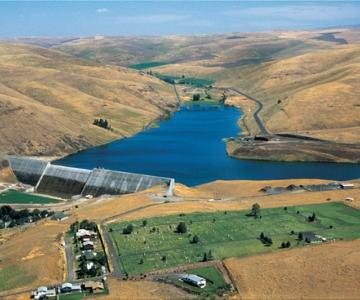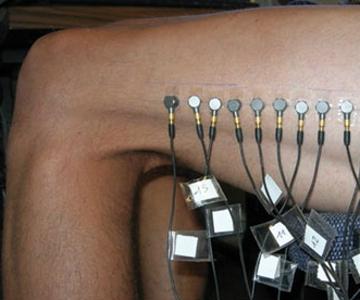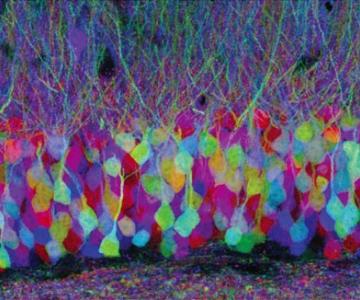Magazine
January-February 2008
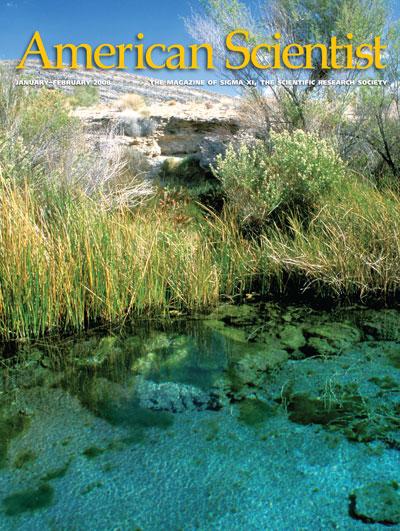
January-February 2008
Volume: 96 Number: 1
Death Valley seems an unlikely habitat for fish, yet the hottest, driest, lowest place in North America has long been host to several species of pupfish. Remnants from a cooler, wetter time during the last ice age, these hearty desert denizens occupy ponds, marshes and streams at isolated locations in the Death Valley area. Of the seven species that survive, the most threatened of them is the Devils Hole pupfish. To help build their population, conservationists moved some of these fish to refuges in the 1970s. A strange thing happened, however. As Sean C. Lema relates in his article "Phenotypic Plasticity in Death Valley Pupfish," within five generations the fish demonstrated significantly altered morphology. Lema studies how the environment alters pupfish phenotype, and his results raise some interesting questions about species preservation and even what it means to be assigned to a species. (Photograph by Sean Lema.)
In This Issue
- Agriculture
- Art
- Astronomy
- Biology
- Chemistry
- Communications
- Computer
- Economics
- Engineering
- Environment
- Ethics
- Evolution
- Mathematics
- Medicine
- Physics
- Policy
- Psychology
- Sociology
- Technology
Salivary Diagnostics
David T.W. Wong
Art Biology Chemistry Medicine Technology
Amazing as it might seem, doctors can detect and monitor diseases using molecules found in a sample of spit
A Stone-Age Meeting of Minds
Thomas Wynn, Frederick L. Coolidge
Anthropology Biology Evolution
Neandertals became extinct while Homo sapiens prospered. A marked contrast in mental capacities may account for these different fates
The Past and Future of the Periodic Table
Eric Scerri
Chemistry
This stalwart symbol of the field of chemistry always faces scrutiny and debate
Scientists' Nightstand
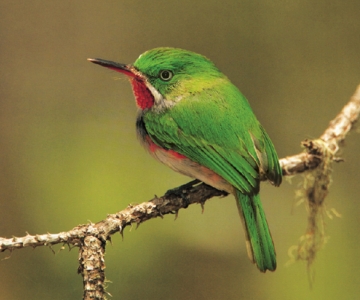
Nanoviews
Marla Vacek Broadfoot, Roger Harris, Anna Lena Phillips
Communications Review Scientists Nightstand
Short takes on three books: Hispaniola, Kitchen Literacy and Walking the Forest with Chico Mendes


